 [hr]
[hr]Why Should We Worry About Invasive Species?
A recent study found an estimated annual loss of almost $83.5 million in personal income to Oregon’s economy from just 25 selected weed species. These costs are estimated to balloon to $1.8 billion if invasive weeds are left untreated. We all pay the bill for the invasion of weeds species through increased food costs, higher taxes, and decreased property values. These impacts clearly show the economic benefits associated with controlling invasive weeds
Invasive weeds not only impact our pocketbooks, but they also impact the livability of our communities. Invasive weeds like blackberry and gorse have long thorns that limit our ability to enjoy our open spaces and natural areas. While other invasive weeds like giant hogweed and spurge laurel can cause burns or rashes if we come into contact with them.
Las especies invasoras también afectan a la belleza natural del paisaje. Sustituyen a las plantas autóctonas de las que dependen los peces y la fauna para alimentarse y refugiarse. De este modo, sustituyen nuestras maravillas naturales por un paisaje lleno de maleza y degradado que es menos "propio de Oregón".
So join your friends and neighbors in helping to stop the Silent Invasion!
Diez maneras de ayudar
- Learn about invasive weed species, especially those found in your region. Check out the WeedWise website for more information, or attend the Columbia Gorge CWMA Invasive Species and Exotic Pest Workshop being held during NISAW!
- Learn more about invasive pests that threaten our crops and trees at the Oregon Forest Pest Detector program.
- Clean hiking boots, waders, boats and trailers, off-road vehicles and other gear to stop invasive species from hitching a ride to a new location. Learn more at PlayCleanGo.org.
- Evita verter acuarios o cebos vivos en los cursos de agua. Más información en Habitattitude.org.
- No traslade la leña: cómprela donde vaya a quemarla o recójala in situ cuando esté permitido. Más información en DontMoveFirewood.org.
- Utilice forraje, heno, mantillo y tierra certificados como "libres de malas hierbas".
- Plante en su jardín sólo plantas no invasoras y elimine las invasoras conocidas.
- Report new or expanded invasive species outbreaks to the Oregon Invasive Species Hotline. Early detection is the key to success!
- Volunteer to help remove invasive species in our open spaces and natural areas. Contact your local watershed council or visit the SOLVE website for volunteer opportunities near you!
- Talk to your friends, family, and neighbors about invasive species and the impact they have on our state.
Want to learn more?
Check out this great introduction from Oregon Public Broadcasting’s program and watch the entire episode on the Silent Invasion site!

